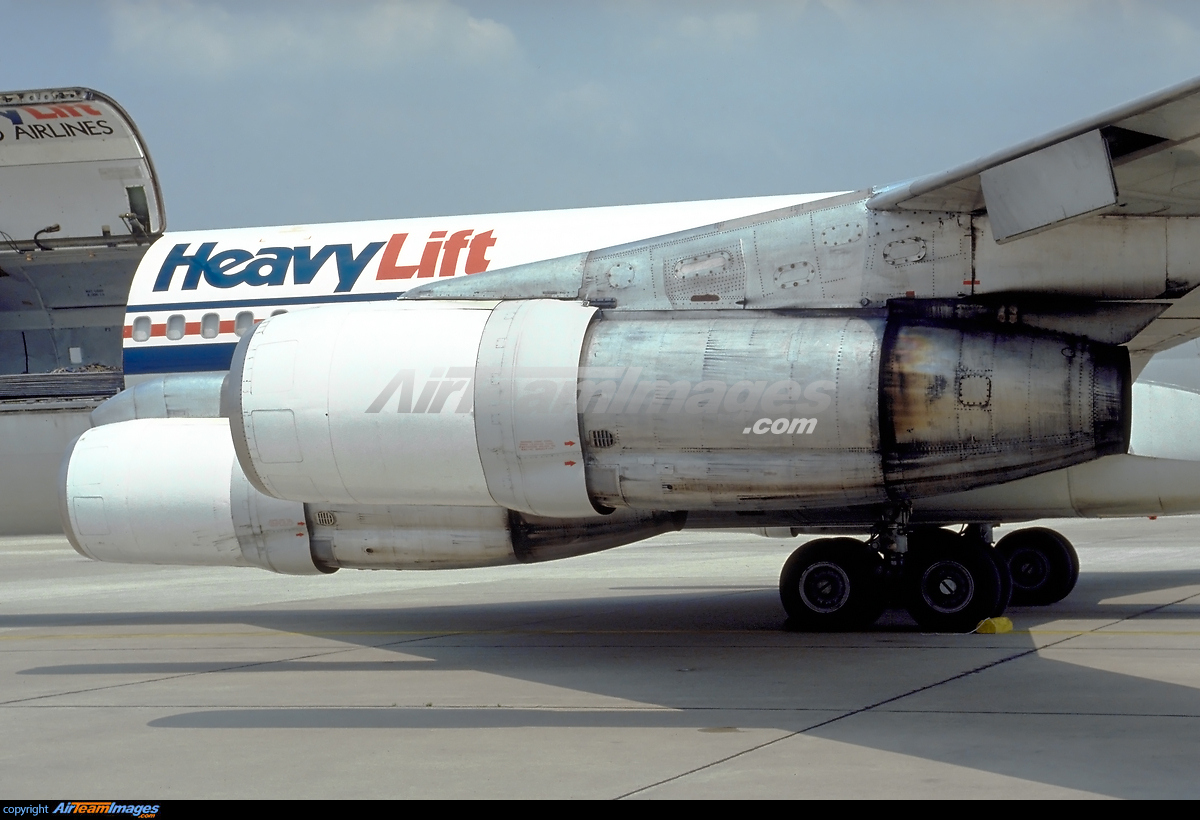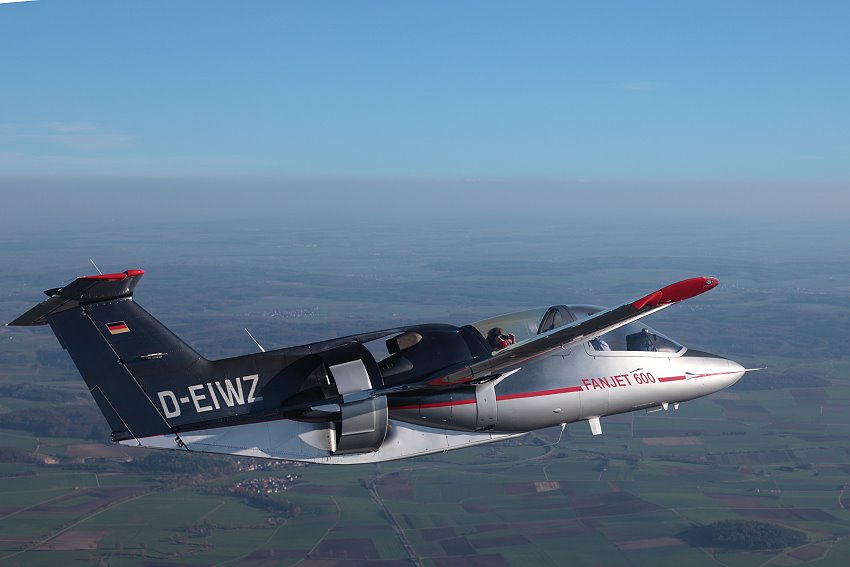Rocket or jet?
Discussion
Absolutely exasperated to watch 'Greatest Inventions' this lunchtime. A potentially good potted history about the history of space flight, starting with the V2. Great. But what was that? Did he say 'jet engine'? My ears prick up.Yes, throughout the whole programme rockets were called jets. Even the Saturn V was a jet. The word 'rocket' wasn't mentioned once 

One of the most important rocket research institutions in the 1940s was the JPL in Pasadena, California. JPL stands for Jet Propulsion Laboratory.
Rocket assist for aircraft is sometimes referred to as JATO - Jet Assisted Take Off.
For many years the terms “rocket” and “Jet” were pretty interchangeable,
Rocket assist for aircraft is sometimes referred to as JATO - Jet Assisted Take Off.
For many years the terms “rocket” and “Jet” were pretty interchangeable,
You might wanna amend Wikipedia also then https://en.m.wikipedia.org/wiki/Jet_engine
In the 1920s and 30s, when rocket engine development was getting started, scientists and engineers looking for research funding were wary of using the term "rocket" as it had connotations of science fiction and comics. They therefore tended to prefer to use the term "jet propulsion" for any devices that were propelled by exhaust gases. This included the various types of gas turbines (centrifugal or axial flow), pulse jets, ramjets, ducted fans etc. All were tried in this period - as well as both liquid and solid fueled rockets.
It was really only after World War 2 that rockets gained respectability due, mostly, to the V2 and as a result any embarrassment with the term "rocket" faded away.
It was really only after World War 2 that rockets gained respectability due, mostly, to the V2 and as a result any embarrassment with the term "rocket" faded away.
Dingu said:
You might wanna amend Wikipedia also then https://en.m.wikipedia.org/wiki/Jet_engine
Technically yes it's a 'jet' because a jet of something comes out of the back. But a jet engine to me is what Frank Whittle invented, using air and rotating compressors. I still find it very strange that someone would devote half a programme to rockets and not mention the word once. If you want to educate, at least tell people that a jet with its own O2 supply is also known as a rocket (and it's easier than saying 'jet with its own O2 supply'. Nobody ever called Saturn V a 'moon jet', and the Me163 always had a rocket motor. It makes me think that whoever wrote the script did media studies not science.AW111 said:
And just to confuse matters further, most passenger "jets" are high-bypass turbofans, sort-of hybrid jet and propeller, not a pure jet at all.
High bypass turbofans are pure jets - all of the flow (core flow and bypass flow) goes through a propelling nozzle to accelerate the flow 
Eric Mc said:
What would be your distinction then between -
Turbojet - P&W JT3C
Low Bypass Turbofan - P&W JT3D
High Bypass Turbofan - P&W JT9D
The distinction between the turbojet and the turbofan is that in the turbojet all of the air goes through the "core" of the engine (ie it goes through the combustor*); whereas in the turbofan some of the air bypasses the core of the engine. (But that bypass flow is still accelerated to provide thrust, either separately or after mixing with the core flow) Turbojet - P&W JT3C

Low Bypass Turbofan - P&W JT3D

High Bypass Turbofan - P&W JT9D
The distinction between a low bypass turbofan and a high bypass turbofan is how much air bypasses the core.
- in reality even in a "pure" turbojet, not all of the core flow goes through the combustor, but that's a consequence of making a practical gas turbine, rather than the thermodynamic intent.
Edited by Mave on Wednesday 2nd November 17:52
Eric Mc said:
In a way, even an ordinary propeller driven aircraft can be defined as a “jet” in that it propels a mass of air backwards whilst it moves forwards.
I agree. But the general distinction is that a jet engine (whether rocket, turbojet et al) uses a nozzle to control the acceleration (and static pressure) of the flow, rather than the uncontrolled expansion you get with a propellorYes they both have the same function - to make thrust (via momentum change) but they do it thermodynamically differently. The propelling nozzle on a turbofan accelerates the flow to achieve thrust at higher speeds, at the expense of propulsive efficiency. IMHO the mcdonnell douglas system is a high speed turboprop rather than a turbofan 

Edited by Mave on Thursday 3rd November 10:17
Gassing Station | Science! | Top of Page | What's New | My Stuff







